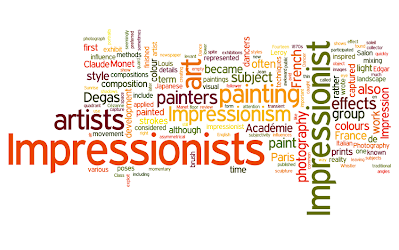Art and Design
At St Mary’s, we recognise that art and design stimulates creativity and imagination. It provides visual, tactile and sensory experiences and a special way of understanding and responding to the world. It enables children of all abilities to communicate what they see, feel and think through the use of colour, texture, form, pattern and different materials and processes.
We encourage pupils to explore ideas and meanings through the work of a range of artists and designers. Through learning about the roles and functions of art, they can explore the impact it has had on contemporary life and that of different times and cultures.
Development of knowledge and skills is imperative across all key stages so that children build on what they already know, understand and can do. The application of pupils’ reading, writing and mathematical skills will also be encouraged, using subject specific vocabulary, and as pupil’s progress through school they will begin to think critically and develop a more rigorous understanding of art and design.
Art and Design is a practical subject, and plenty of experiential learning experiences will be offered to the pupils to deepen their knowledge and experience of the subject. Through offering the broad and balanced learning of art and design skills, most children will achieve the expected standard in Art and Design by the end of Early Years, Key Stage 1 and Key Stage 2.
At St Mary’s, Art and Design is fully inclusive for every pupil. All pupils with SEND are fully supported and more-able artists will be challenged accordingly.
Art and Design Implementation
Art and Design is planned through the Cornerstones Curriculum. The art and design projects are well sequenced to provide a coherent subject scheme that develops the children’s skills and knowledge of visual elements, art forms, artists and art movement. Projects are placed alongside other subject projects where there are opportunities for making meaningful connections.
In EYFS, the framework is structured very differently to the national curriculum as it is organised across seven areas of learning rather than subject areas. The relevant statements for art and design are taken from the following areas of learning:
Physical Development – Children will learn to develop their small motor skills so that they can use a range of tools competently, safely and confidently. They will also learn how to use their core muscle strength to achieve a good posture when sitting at a table or sitting on the floor. Alongside this, they will develop overall body-strength, balance, coordination and agility.
Expressive Arts and Design – Children will explore, use and refine a variety of artistic effects to express their ideas and feelings. They will also return to and build upon their previous learning, refining their ideas and developing their ability to represent them. Alongside this they will create collaboratively, sharing ideas, resources and skills.
In Year 1, children will begin by exploring themes directly related to the children themselves, such as their facial features, the surrounding natural world and their local community.
In Year 2, children will explore projects that will expand their artistic horizons to study a more comprehensive range of artists, artistic movements and creative techniques.
In Year 3, children will expand their experiences to study a broader range of art forms, artists and genres. They will also begin to study art form from specific and diverse periods of history. Other genres studied will build on previous techniques learnt in Key Stage 1 and include more complex techniques in printmaking, drawing, painting and textiles.
In Year 4, children will develop more specialised techniques in drawing, painting, printmaking and sculpture. They will also explore ways in which ancient cultures have influenced arts and crafts.
In Year 5, children will develop and combined more complex artistic techniques in a range of genres, including drawing, painting, printmaking and sculpture. They will also continue to build on their understanding of other historical periods and cultures.
In Year 6, children will be encouraged to work more independently in projects that will require them to consider more conceptual representations and personal and environmental. They will also explore diversity in art.

